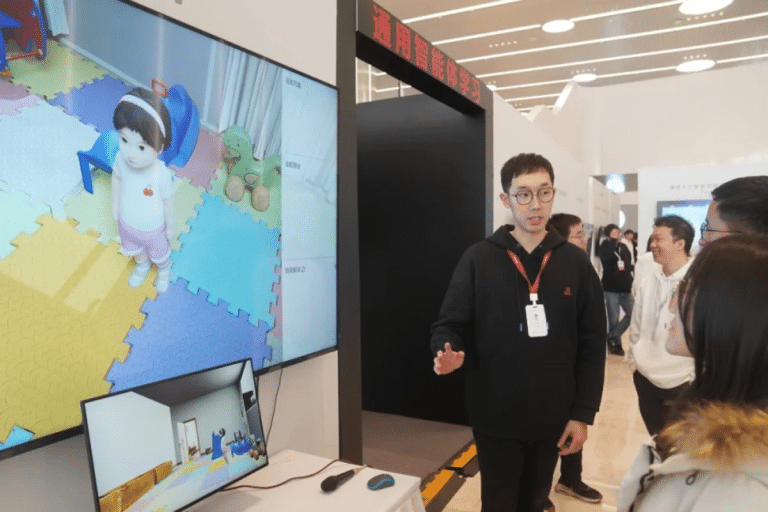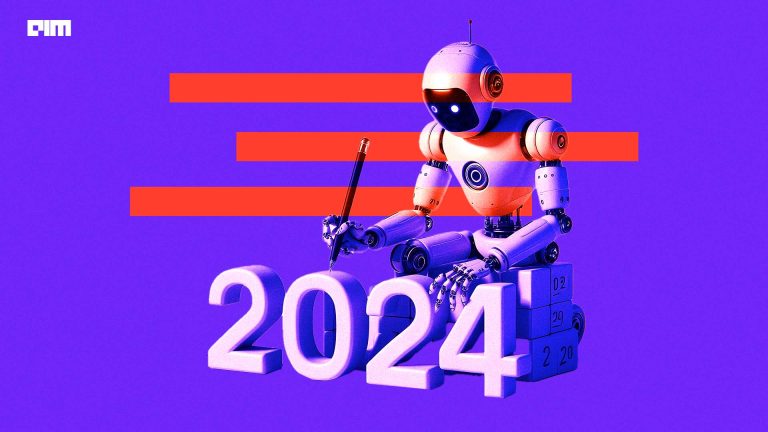 The Hong Kong protests for pro-democracy and anti-extradition to China have taken over the public view for the past few weeks. One of the largest congregations of a population standing for a cause is sure to make the world stop and take notice.
The Hong Kong protests for pro-democracy and anti-extradition to China have taken over the public view for the past few weeks. One of the largest congregations of a population standing for a cause is sure to make the world stop and take notice.
This year, scientists and researchers have begun looking at AI as a way to measure protest turnout at the rally. This undertaking was conducted by Paul Yip, a social sciences professor at Hong Kong University, and Edwin Chow from Texas State University, along with Raymond Wong from a local technology company.
Background On The Protests And Numbers
In 1997, Britain officially handed over Hong Kong to China. Prior to this, the country was a British colony, leading to a different culture and approach to the government than China’s. Since then, China has only grown, not only in power but also in totalitarianism.
This has left Hong Kongers with a slowly encroaching China at the border; an effect that is beginning to be visible at the upper echelons of political society. The country was originally handed over to China under a ‘One Country, Two Systems’ rule, but China seems to have no intention of going with this approach.
To combat this, Hong Kongers have organised protests every year towards being pro-democracy. This year, the movement was grown by the proposal and eventual passing of a bill designed to allow the extradition of Hong Kong residents to China.
The number of protestors that turn out to the rallies every year is a point of contention, and important political information. A reduced number of protestors means that interest is waning and that the government has less pressure on them. On the other hand, healthy turnout numbers are good for the Civil Human Rights Front, the organizers of the protest.
Indeed, this year saw one of the biggest turnouts of any protest until date. In a rally of a scale of more than hundreds of thousands of individuals, how can a system be established to accurately count all of them?
The AI-Powered Counting System
This is the question that has been on Paul Yip’s mind since 2003. Every year, he has been producing a count of the protests held on 1 July every year. However, he wished for a more accurate and verifiable number this year, leading to him teaming up with AI professionals.
While object detection is not a new concept in the field of AI, doing so on such a scale is unheard-of. One of the biggest problems is the general scale of the protest, as hundreds of individuals will be passing by in every frame. Another big problem is false positives.
Apart from the usual noise in the dataset such as obstructions on the road or anything that can change the overall image of the protestors, the team was faced with a unique problem. Hong Kong protests have a long history of using umbrellas in their protests, ever since the 2014 ‘Umbrella Revolution’.
This meant that the researchers also needed to train their AI to detect such obstructions, and also ensure that everyone is captured in the stream.
The system was comprised of 7 iPads attached to two footbridges along the route of the march. The algorithm was run on these iPads, along with researchers doing a manual count from the same point. The way the system works is that there is a ‘counting line’ projected by the model, which counts the protesters as the cross it.
The reason iPads were used was because the system could easily be scaled up if need be, as the anti-extradition protests saw larger turnout that flowed off the march path onto nearby pathways. Yip wished to prevent this and even set up additional devices in case of spillover.
The team adapted to the changing conditions over the day, deploying multiple models and different variables to accurately gauge the turnout. The models were created after testing them in last month’s protests, allowing for improvements in eliminating false positives.
To ensure that every last person had been counted, Yip also set up a team on the ground that surveyed over 8,000 individuals.
The final estimate was placed at around 2,65,000 protestors by the AI team, but there were wildly different estimates presented by various parties. The organizers of the event, who stand to benefit from higher numbers, stated that 5,50,000 individuals attended the protest. The police, on the other hand, put the estimate at about 1,90,000 protestors.
In a space where the actual truth is obscured by political leanings, AI brings a verifiable take on the situation.


















































































